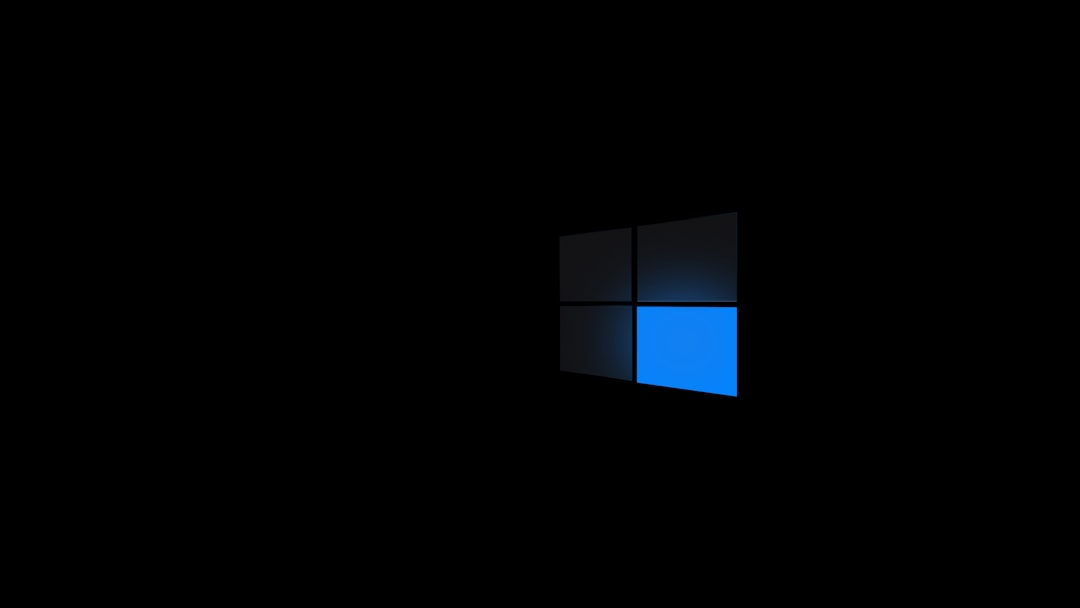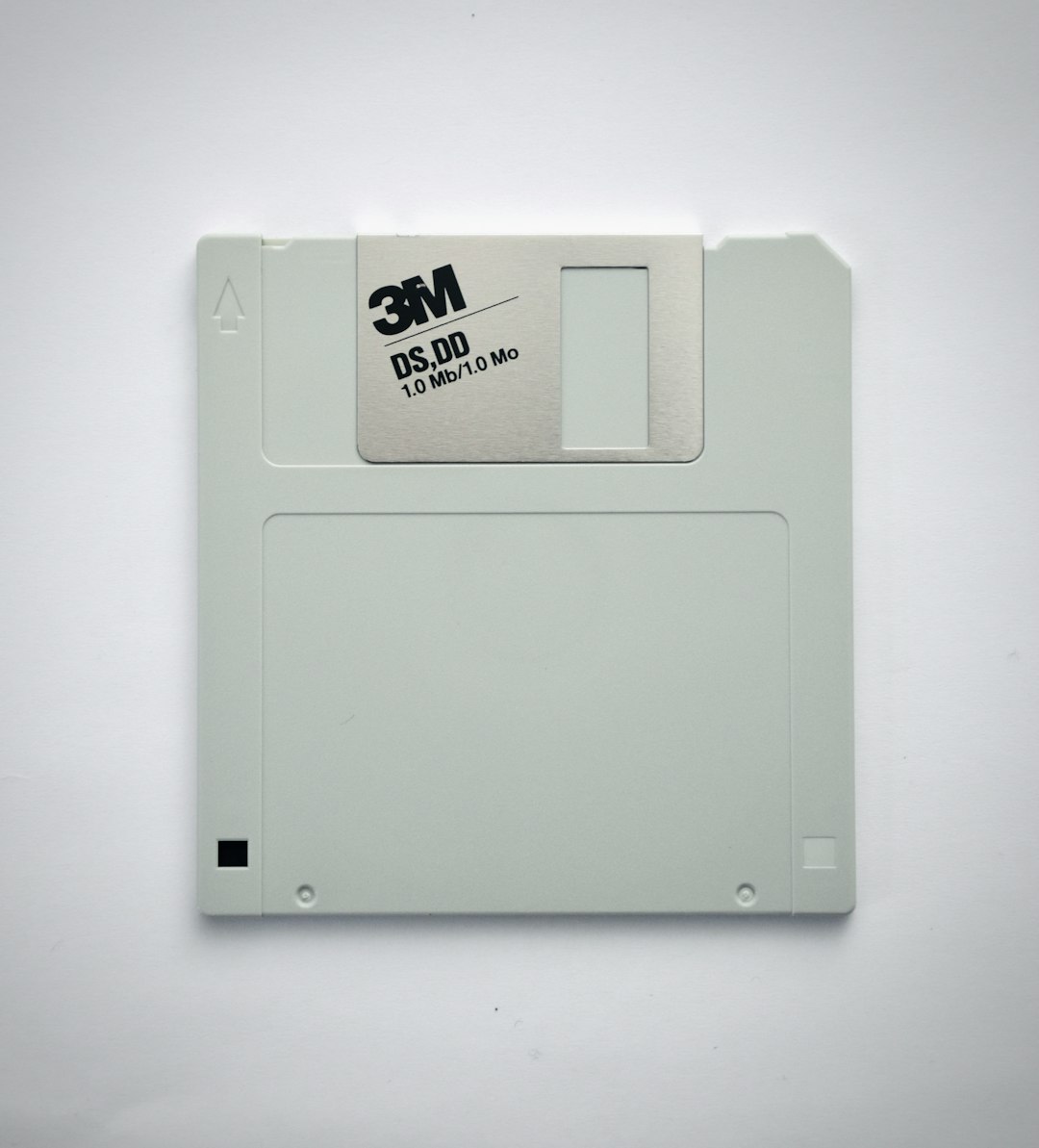What Is Windows 95? History of Microsoft’s Classic OS
4 min read
Launched in 1995, Microsoft’s Windows 95 was more than just a new operating system—it was a revolution in personal computing. With a combination of a user-friendly graphical interface, Plug and Play hardware support, and the new Start menu, Windows 95 set a precedent for modern operating systems. Over time, it earned its place as one of the most iconic and influential OS releases in tech history. But what exactly made Windows 95 so groundbreaking?
The Birth of a Classic Operating System
Windows 95 was released on August 24, 1995, backed by one of the most massive marketing campaigns in tech history. Microsoft aimed to bridge the gap between the powerful but complex MS-DOS and the more graphical, user-friendly future of computing. Windows 95 was the first standalone version of Windows that didn’t need to run on top of DOS, although it still included some DOS compatibility under the hood.

The official Windows 95 launch was a media spectacle. Microsoft’s marketing strategy famously included hiring the Rolling Stones song “Start Me Up” for $3 million to promote the Start menu—a feature that would forever change how users navigate operating systems. This attention-grabbing approach drew hundreds of thousands of people around the world to retail stores to catch the Windows 95 fever.
What Made Windows 95 Revolutionary?
Several key technologies and features were introduced with Windows 95 that would shape the future of computing for decades:
- Start Menu & Taskbar: Perhaps the most instantly recognizable and long-lasting legacy of Windows 95, the Start button gave users their first central access point for programs, documents, and system settings.
- 32-bit Architecture: Windows 95 was a hybrid 16/32-bit OS, offering improved performance and multitasking abilities over Windows 3.1.
- Plug and Play: Microsoft introduced Plug and Play (PnP) to make it easier to install hardware. Devices like printers and modems could be connected without users manually configuring settings.
- Windows Explorer: This replaced the older “File Manager” as a new way to browse and manage files and folders in a hierarchical interface.
- Built-in Networking: Windows 95 included simplified network connectivity, supporting both dial-up Internet access and local networks, vital as the World Wide Web was beginning to boom.
These innovations made personal computers more approachable for the everyday user, shifting the PC from being a tool for enthusiasts or professionals to a household staple.
The Transition From MS-DOS to Windows
Prior to Windows 95, Microsoft’s operating environments like Windows 3.1 required users to boot into MS-DOS and then run Windows as a graphical shell on top. With Windows 95, Microsoft took a major step in integrating DOS-level functionality directly into the Windows environment. Although MS-DOS was technically still underneath, users were no longer required to interact with it directly during normal usage.
This transition eliminated the clunky experience of command-line operations for most users, allowing them to perform tasks like installing applications, managing files, and connecting to networks through an intuitive graphical interface.
User Interface Innovations
One of the most celebrated aspects of Windows 95 was its redesigned user interface. Gone were the days of multiple Program Manager windows. In came the simplicity of:
- A single desktop space where users could place and organize icons
- The Start menu, allowing quick access to programs, documents, and settings
- The Taskbar, showing all running programs and open windows
These innovations made the operating system not just functional, but pleasant and engaging to use. It was the first time a user could truly multitask in a visual environment with ease.
System Requirements and Compatibility
At launch, Windows 95 had fairly modest system requirements by today’s standards:
- CPU: 386DX or higher (486 recommended)
- RAM: 4 MB minimum (8 MB recommended)
- Hard drive space: 50-55 MB minimum
- Optional: CD-ROM drive, mouse
Despite those humble specifications, Windows 95 was able to run efficiently and could scale on more powerful hardware. It supported a wide range of software and peripherals, which gave it tremendous flexibility and helped fuel its adoption.

How Well Was Windows 95 Received?
Windows 95 was a massive commercial success. Within just five weeks of its launch, it had sold over 7 million copies. Much of this success came from Microsoft’s ability to appeal to both businesses and home users. Retail stores held midnight openings, and lines of eager customers wrapped around buildings.
Its popularity was helped by the fact that it bundled other familiar applications like Microsoft Paint, WordPad, and Games like Solitaire. As Internet access became more widespread, users could also download Internet Explorer, marking Microsoft’s early steps into web browsing territory.
Legacy and Influence
Windows 95’s influence extended far beyond its own lifespan. It laid the groundwork for every Windows operating system that came after. Its basic structure and UI design became the template that Microsoft continued to refine through Windows 98, Windows XP, and even into Windows 10 and 11.
In addition to its technical innovations, Windows 95 also marked a cultural moment. For many people, it was their first exposure to a modern graphical user interface. Today, there’s even a sense of nostalgia for Windows 95—emulators, memes, and anniversary retrospectives often pop up across the web.
Fun Facts About Windows 95
- Microsoft created a “Cyber Sitcom” called “Windows 95 Video Guide” starring Jennifer Aniston and Matthew Perry (of Friends fame) to teach people how to use the OS.
- It was one of the first operating systems to support long filenames—previous systems had an 8.3 character limit for file names.
- The Windows 95 start-up sound was composed by famed ambient musician Brian Eno.
Final Thoughts
Windows 95 was more than just a technological update—it was a reinvention of how users interacted with their computers. Its user-centric design, performance improvements, and media blitz helped Microsoft change the perception and usability of personal computers forever. Though it has long since been succeeded by more modern operating systems, its DNA can still be seen in today’s software interface designs.
For those who lived through its launch, Windows 95 represented the dawn of a truly connected, approachable digital age. And for those who didn’t, it remains a fascinating glimpse into a key moment in computing history—a time when software wasn’t just upgraded, it was transformed.



